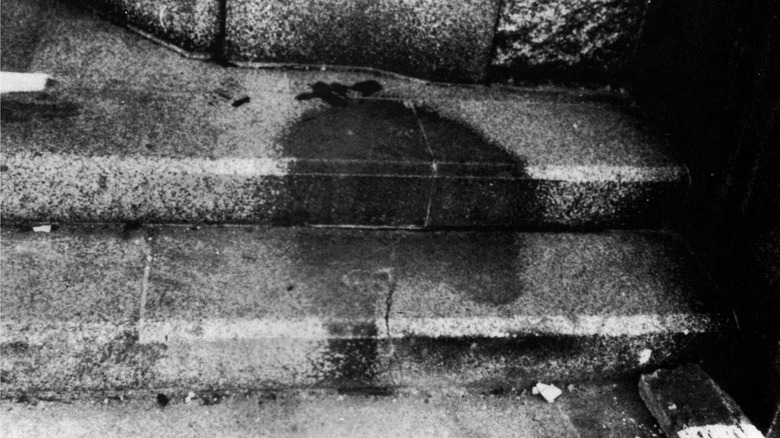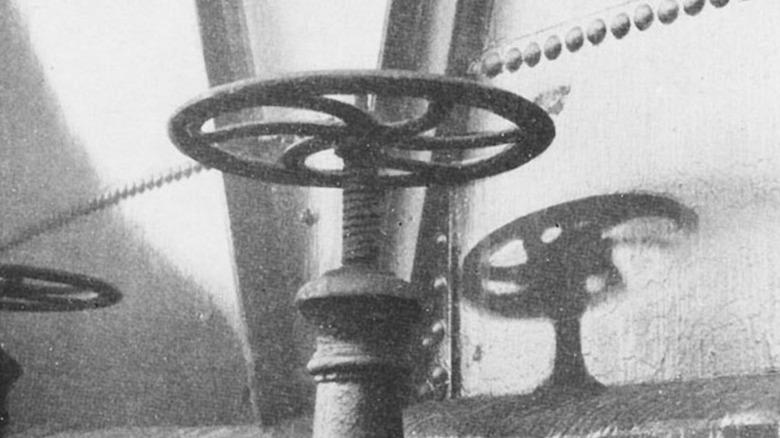What Caused The Hiroshima Shadows?
On August 6, 1945, the United States dropped the first of two atomic bombs on the city of Hiroshima in the hope that it would bring an end to its bitter battle against Japan on the Pacific front of World War II. It was the first time that such a weapon had been used in a non-testing capacity. Less than two weeks later, peace was declared and scientists visited the site of the bomb, anxious to see the effects of such a new and deadly bomb. The results were shocking, with around 70 percent of Hiroshima's buildings destroyed as well as tens of thousands of casualties, per The Avalon Project at Yale Law School. During the cleanup of the site, there were also some aftereffects that surprised scientists, including what appeared to be shadows of objects, structures, and even humans that were etched onto stone and concrete around the city.
Some of the shadows were eerie reminders of the last moments of the victims before the blast. For example, All That's Interesting noted that one shadow appeared to be of a man sitting on some stone steps while holding a walking stick.
Researchers soon discovered that the cause of these Hiroshima shadows was due to two factors of the bomb: its bright light and intense heat.
The science behind the shadows
The blast of the bomb released an enormous amount of energy in the form of both light and heat. Survivors on the ground described the bomb as a "sheet of sun." Scientists estimated that the heat on the ground reached around 7,000 degrees Fahrenheit in less than a second, per the National World War II Museum website.
It was the combination of the light followed by intense heat that caused the eerie shadows. The light created by the atomic bomb was so bright that it effectively bleached all its surroundings, and it was only areas in shade that avoided being lightened by the blast. In fact, scientists were later able to pinpoint the exact location of the detonation due to examining the penumbras left behind, according to the Atomic Archive. While some of the objects that provided the shade survived — such as metal valves — others, such as wooden ladders or human beings, were sadly not able to withstand the intense heat that came shortly after the blinding light. Their shadows are instead the sad reminders of what was once there.

